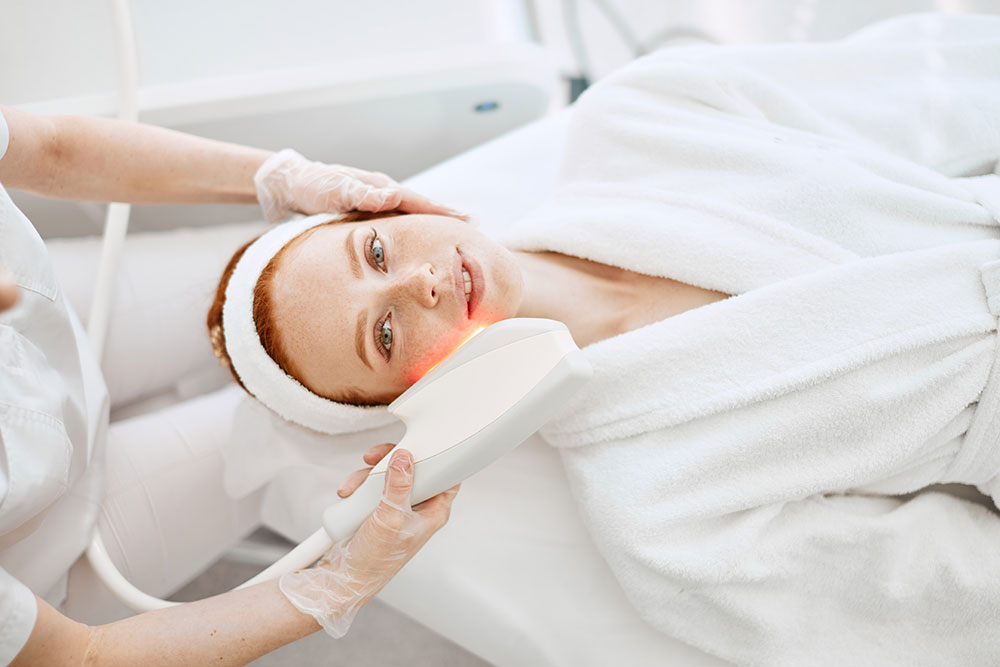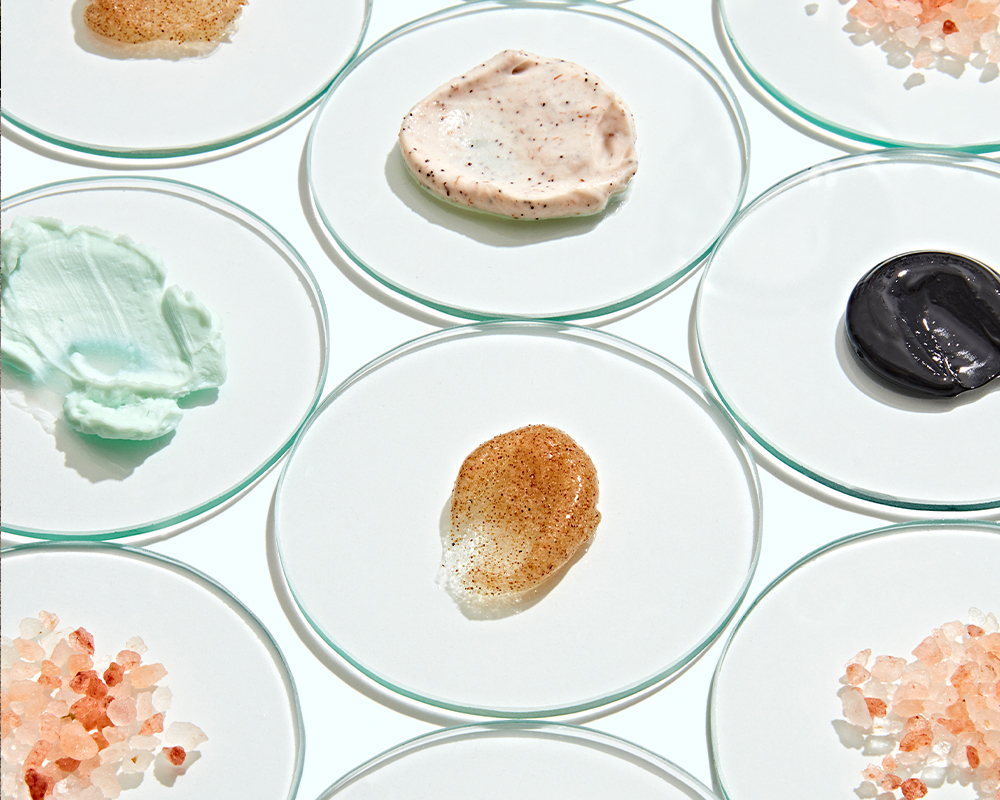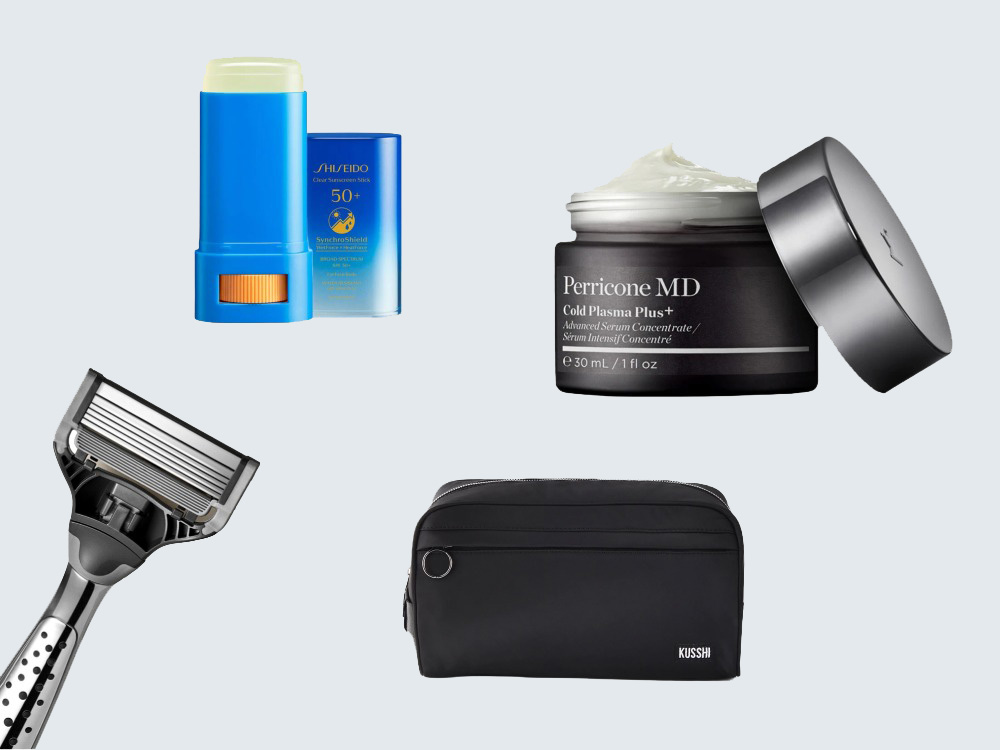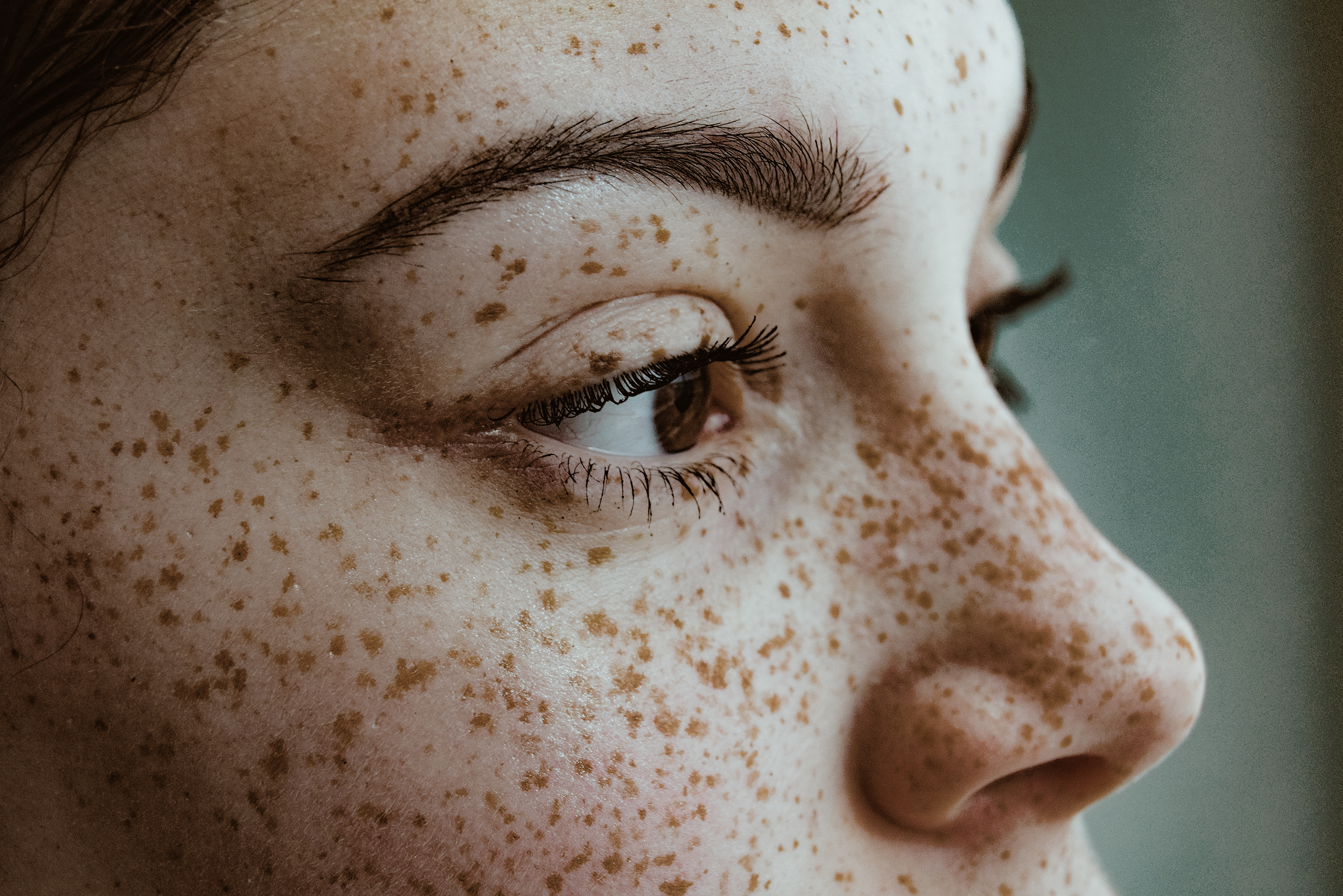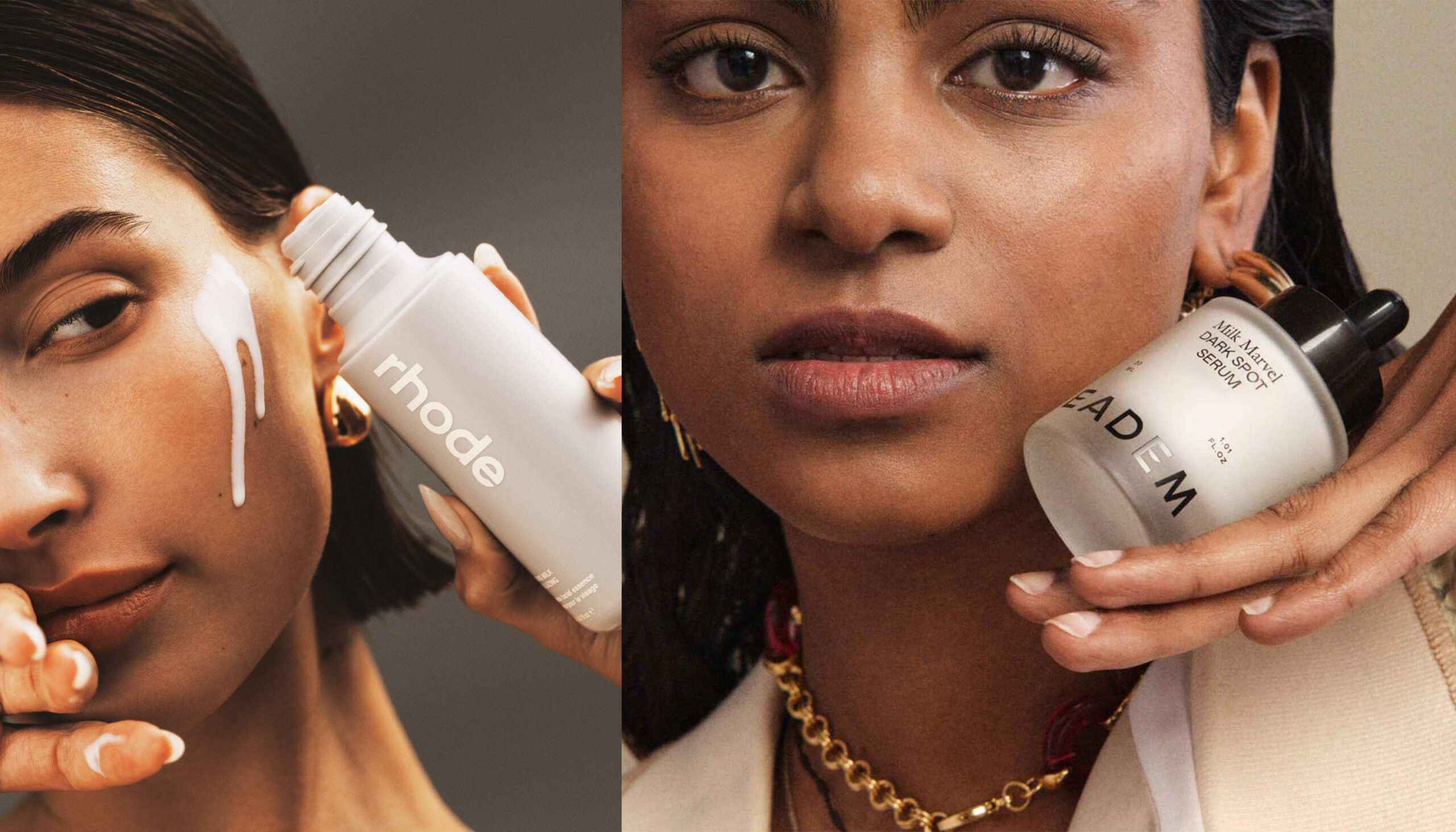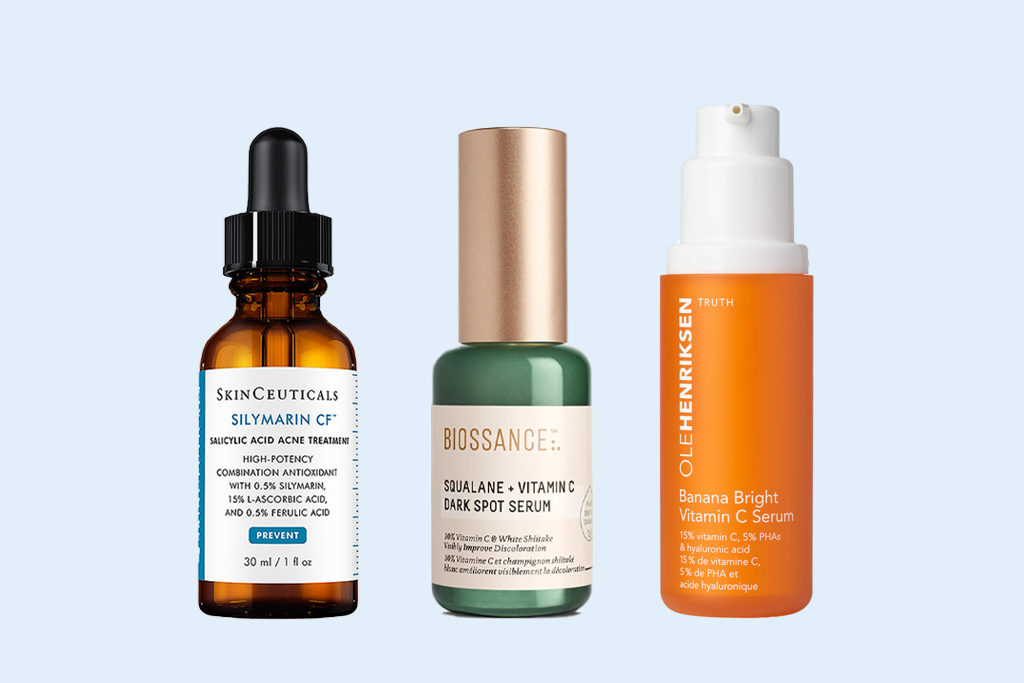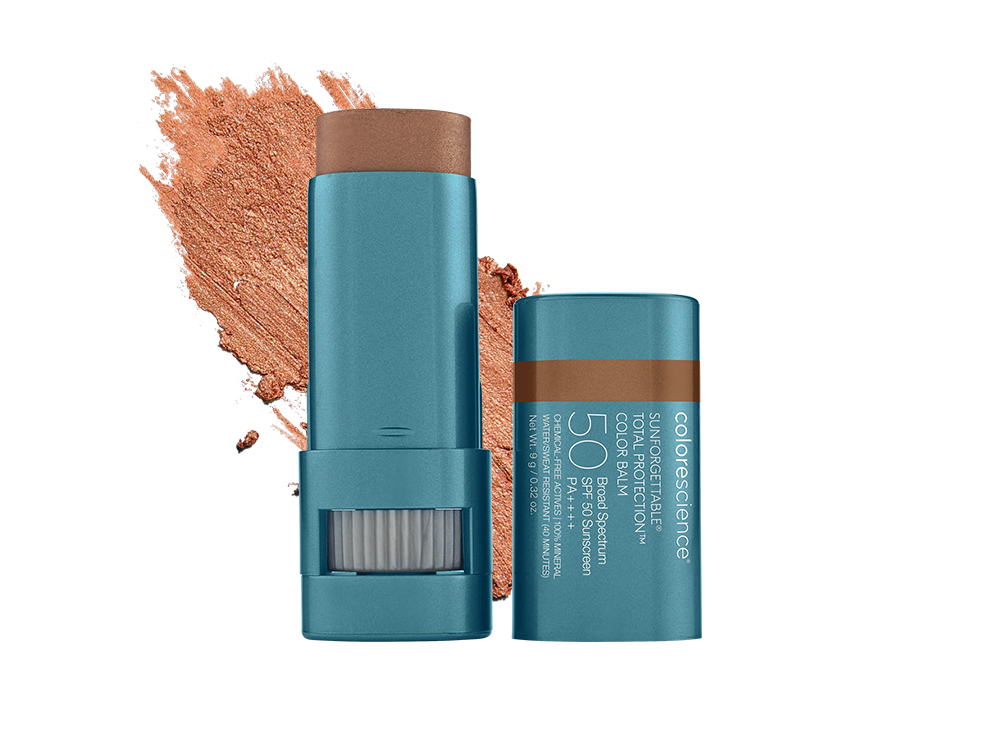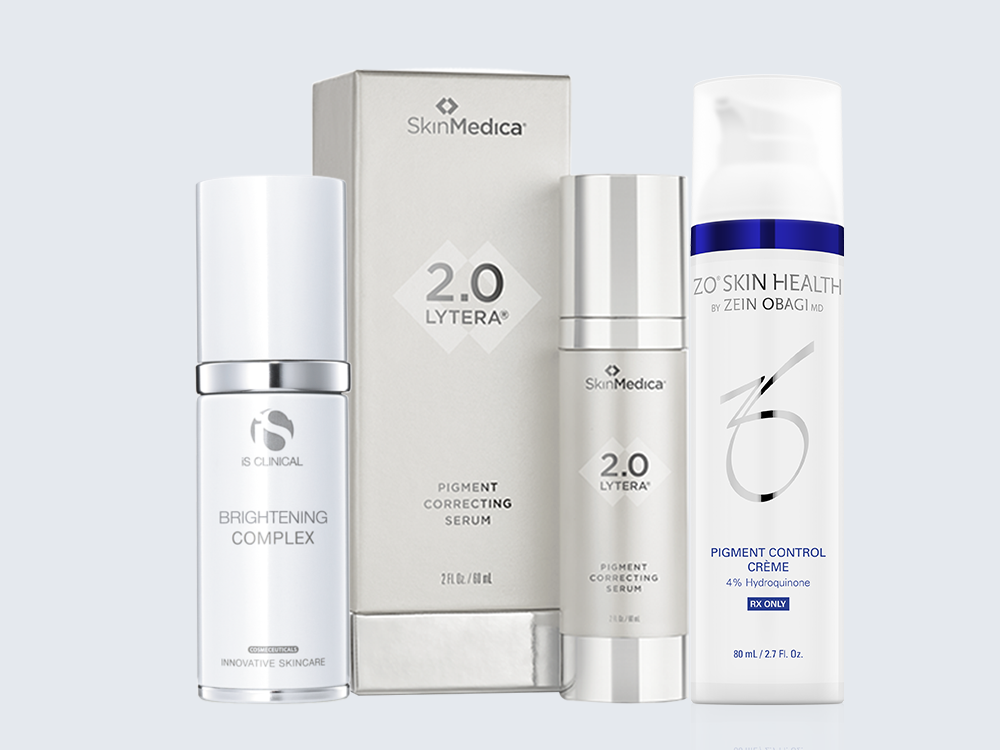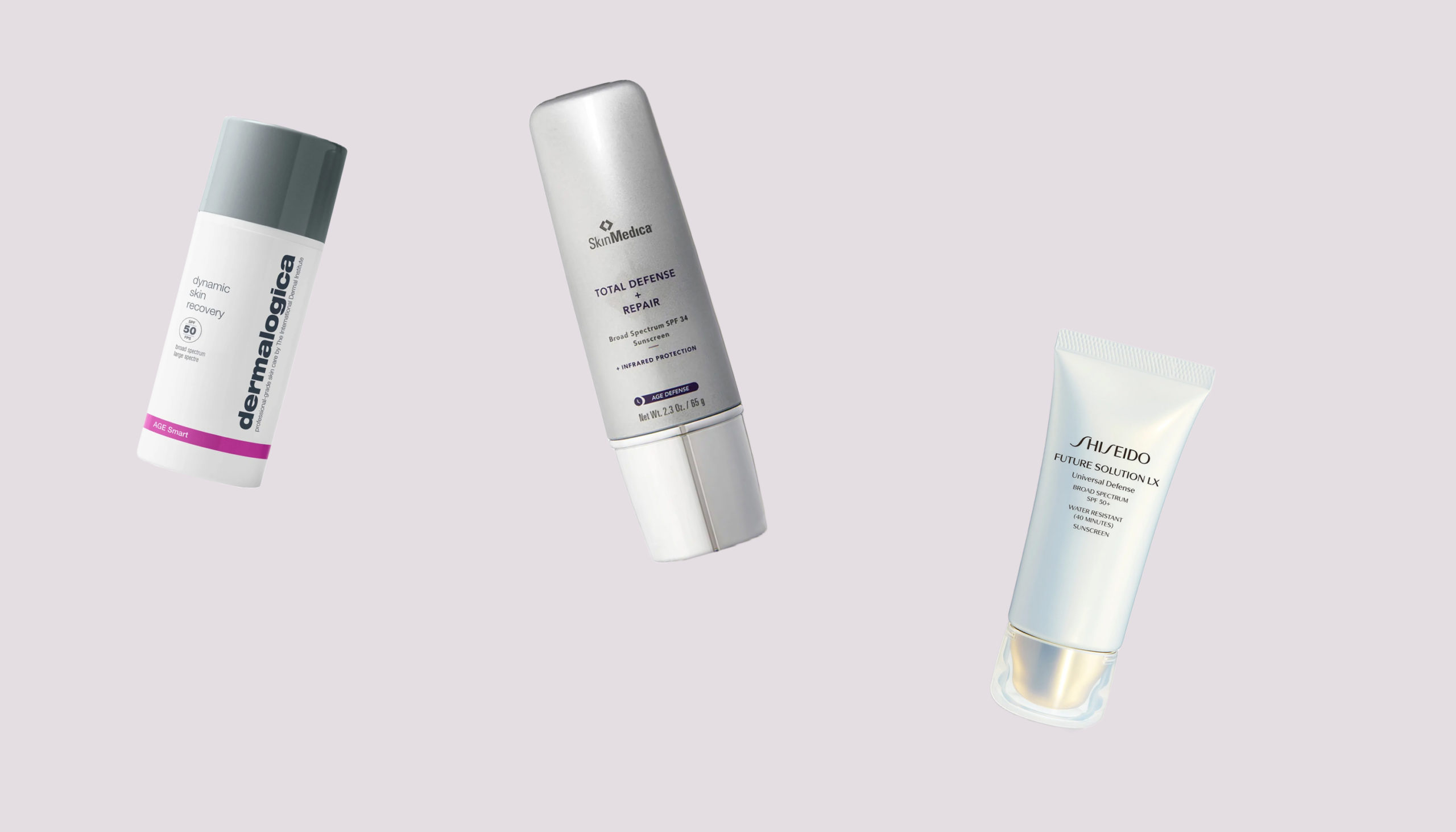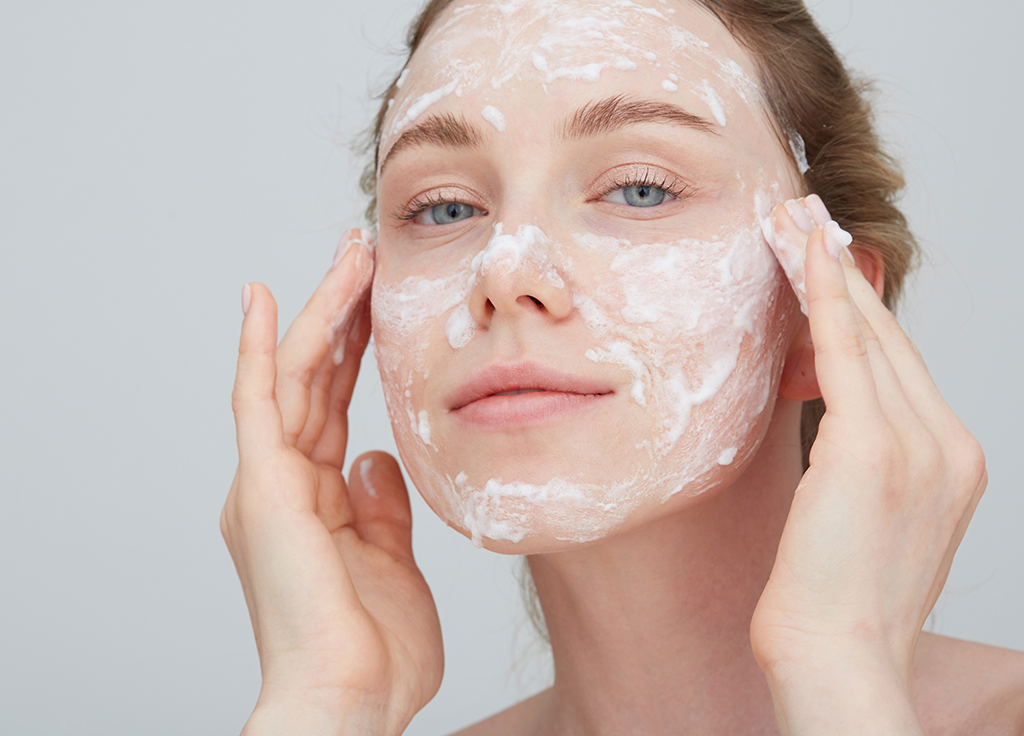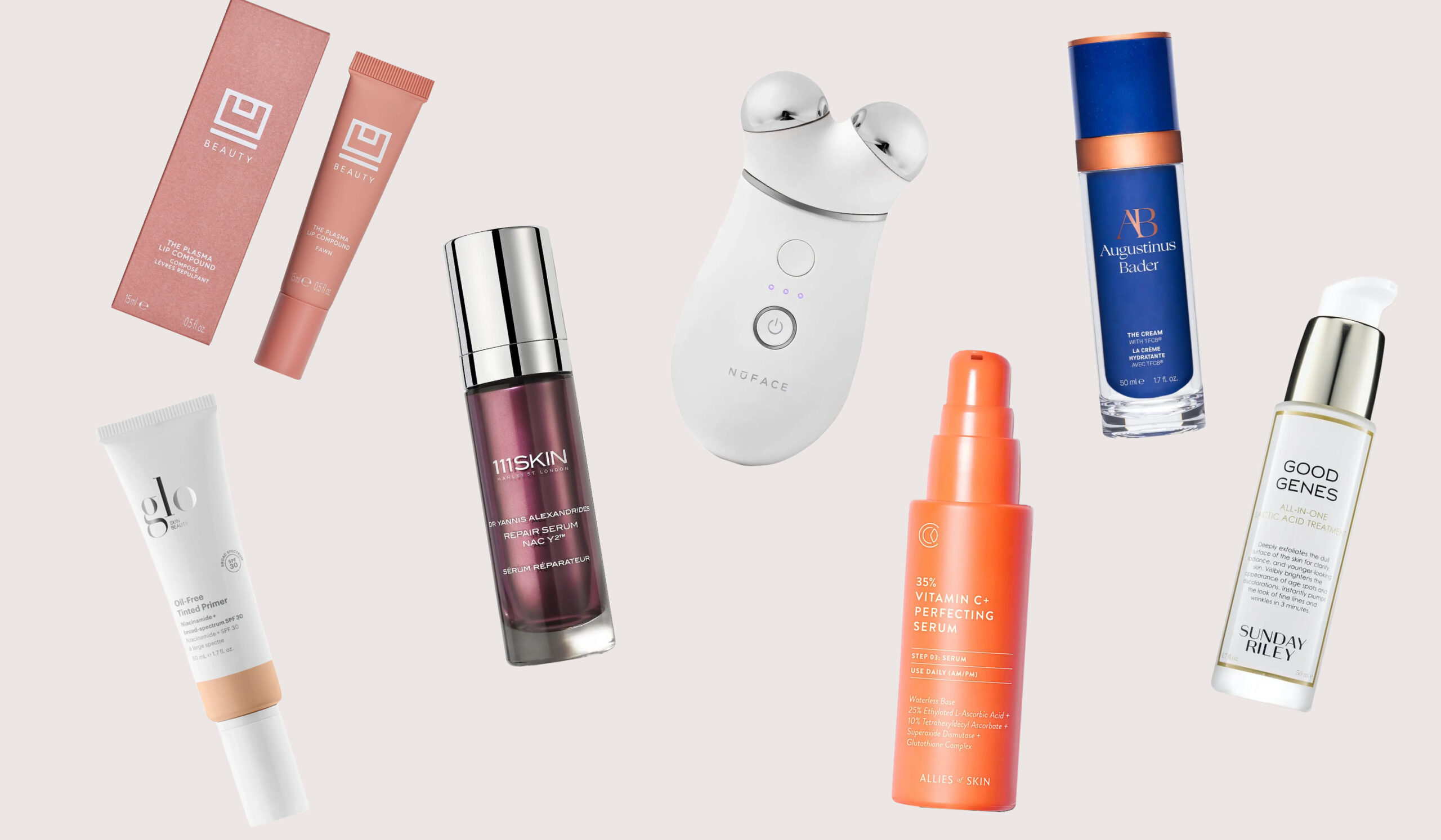One of the most common misconceptions about discolored skin is that it will fade by itself with no treatment necessary. While some types of hyperpigmentation, like those caused by acne, can eventually lighten up over time (keep in mind this doesn’t happen overnight, but can take a few months, if not longer before you see a difference), the majority of hyperpigmentation and discoloration must be treated with high-powered active ingredients and in-office treatments to fully eradicate spots on the surface.
But first, Las Vegas dermatologist Dr. Alison Tam reminds us that most important aspect of any skin treatment is a good relationship with a board-certified dermatologist. “Dermatologists have many tools in their tool boxes to treat hyperpigmentation, but the tool we pick will depend on the hype of hyperpigmentation, the patient’s skin tone, and the degree of downtime they can afford,” adds Naples, FL dermatologist Anne Marie Tremaine, MD. Below, the most common—and effective—treatment options that might be recommended to you, and what to expect from each.
You May Also Like: 4 Types of Skin Discoloration and How to Stop Them
How to treat minimal darkness
While less invasive treatments such as microdermabrasion won’t deliver a night-and-day difference to significantly damaged skin—as Brooklyn, NY dermatologist Robert Finney, MD notes, the pigment is usually too deep for microdermabrasion to make a notable difference—it can definitely work with minimal damage (read: light sunspots or brown spots).
During microdermabrasion, the uppermost layer of skin is gently removed to get rid of superficial and minimal discoloration. There are some versions of microdermabrasion, like DermaSweep, that offer a secondary step where specialized anti-pigment ingredients are infused into the skin to further brighten it.
If you’re looking to fade brown spots, Ontario, Canada dermatologist Dusan Sajic, MD offers up a serious piece of advice: “Patients should see a board-certified dermatologist to make sure it’s not something more serious, like an early melanoma.”
How to treat more stubborn spots
Salicylic acid, glycolic acid and TCA chemical peels are often recommended to banish discoloration. Beverly Hills, CA, dermatologist Zein Obagi, MD, says that chemical peels are powerful at speeding up results and removing deeper signs of damage. “Their potency can be manipulated to suit the type and depth of pigment.”
If you have sunspots all over the face, East Greenwich, RI dermatologist Caroline Chang, MD says a medium-depth chemical peel is her treatment of choice. “A series of light chemical peels can also help with post-inflammatory hyperpigmentation.”
However, not every skin color is suitable for a peel, and if you have a history of scarring, you may want to find another option.
Dr. Sajic counts erbium YAG laser as his favorite when it comes to tackling this type of pigmentation, citing a study where, when compared to seven other lasers, it performed the best on pigment. Birmingham, AL dermatologist Holly Gunn, MD notes that about one week of downtime should be expected with this type of laser.
How to treat hyperpigmentation caused by sun damage
A popular choice for targeting sun-induced discoloration, IPL involves light-based energy pulsed onto the skin while simultaneously targeting blood vessels. Fort Lauderdale dermatologist Igor Chaplik, MD says he uses IPL for brown spots, lentigos and pigmentation of the face, neck and chest.
During an IPL treatment, the light seeks out the discoloration in the skin to lift it up and out. Expect for the treated areas to turn dark and flake off in a few days. “We sometimes do an IPL treatment following two laser treatments to really clean up the skin,” says New York dermatologist Patricia Wexler, MD.
How to treat serious discoloration that won’t budge
The most intense option available, fractional laser resurfacing treatments work wonders at erasing more stubborn pigmentation. Lasers like Fraxel, Halo and Clear + Brilliant (also known as “baby Fraxel”), among others, create safe and controlled microinjuries in the skin to stimulate the skin’s natural healing process. As a result, discoloration is diminished as new, fresh skin comes to the surface. Fort Lauderdale, FL dermatologist Dr. Matthew J. Elias notes he “primes the skin with hydroquinone” before treating with Fraxel, Clear + Brilliant or Pico—an option Lower Gwynedd, PA dermatologist Margo Weishar, MD describes as strong enough to treat extensive sun damage but “gentle enough to get great results with melasma.”
For melasma, Dr. Chang recommends a combination of a microsecond laser (she uses Aerolase) with a superficial chemical peel. Another A+ option, according to New York dermatologist Lilly-Rose Paraskevas, MD: a series of chemical peels in addition to high-concentration hydroquinone, a duo New York dermatologist Sejal K. Shah, MD agrees with. “After prescription hydroquinone, I then add in peels, microneedling, PICO Genesis laser and/or Clear + Brilliant.”
But not all experts agree on a one-size-fits-all melasma treatment: “I like to avoid energy-based devices for melasma because although they will improve things temporarily, they almost always flare back with a vengeance,” says Dr. Finney. His go-to treatment? Microneedling with PRP. Harrison, NY dermatologist Jennifer S. Kitchin, MD agrees, “because the treatment doesn’t add extra heat to the skin, which can potentially worsen melasma.”
Post-treatment care
Depending on the level of damage, your doctor may also send you home with a prescription topical for daily upkeep. Dr. Chaplik always recommends a combination of glycolic cream and a form of Retin-A before and after laser treatments to maintain results.
No matter what course of treatment you go with, it’s important to avoid the sun and shield your skin with sunscreen every day. “After laser treatments, I instruct patients to wear a sunscreen which has iron oxide in it, as the iron oxide protects against visible light which also has been shown to worsen melasma,” explains New York dermatologist Peter Chien, MD. Dr. Kitchin’s recommendation: Always an SPF of 30 or greater—”and I prefer sunblocks with physical block ingredients such as titanium and zinc.”
